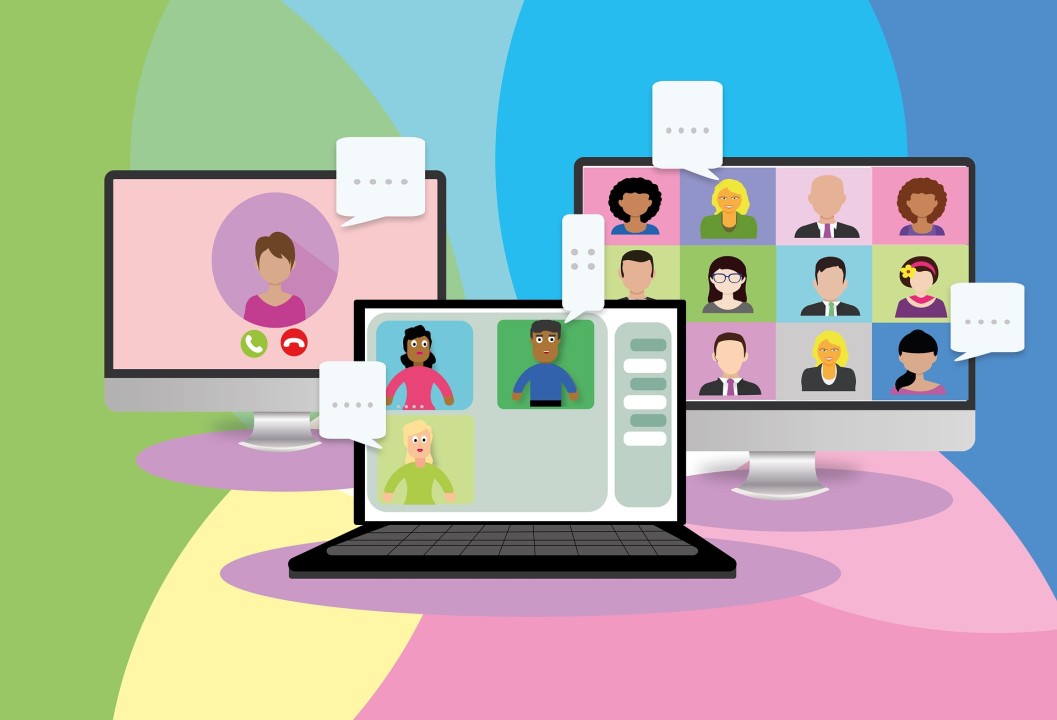In today’s digital age, the rapid evolution of learning and development (L&D) techniques in educational institutions has transformed the way students acquire knowledge and skills from elementary school through college. As technology continues to play an increasingly prominent role in education, it’s essential for organizations to adapt their L&D strategies in the workforce to align with the changing needs and expectations of employees. In this post, we’ll explore the impact of technology use in L&D techniques at each educational level and examine how it requires changes to L&D practices in the workforce.
Elementary School: Embracing Digital Learning Tools
In elementary school, technology use in L&D techniques has become increasingly prevalent, with educators incorporating interactive digital learning tools, educational apps, and multimedia resources into the curriculum. From interactive whiteboards to educational software programs, technology enhances engagement, personalizes learning experiences, and promotes collaboration among young learners.
Impact on Workforce L&D:
As digital natives enter the workforce, organizations must adapt their L&D techniques to meet the expectations of employees who are accustomed to interactive and engaging learning experiences. Incorporating digital learning platforms, mobile apps, and virtual reality simulations into workplace training programs can enhance engagement, accessibility, and effectiveness, particularly for remote or geographically dispersed teams.
Middle School: Fostering Digital Literacy
In middle school, students develop essential digital literacy skills as they navigate online research, digital collaboration tools, and multimedia presentations. Technology is integrated into various subjects, including STEM, humanities, and the arts, to enhance learning outcomes and prepare students for the digital demands of the 21st century.
Impact on Workforce L&D:
As digital literacy becomes increasingly important in the workforce, organizations must prioritize training initiatives that foster digital fluency among employees. Providing access to training modules on digital tools and platforms, cybersecurity awareness, and data literacy can empower employees to navigate the digital landscape confidently and contribute to organizational success.
High School: Preparing for Technological Advancements
In high school, students gain exposure to advanced technologies such as coding, robotics, and artificial intelligence through specialized coursework, STEM programs, and extracurricular activities. Project-based learning and real-world applications of technology foster innovation, problem-solving, and creativity among students.
Impact on Workforce L&D:
To remain competitive in an increasingly tech-driven economy, organizations must invest in training programs that equip employees with the skills needed to leverage emerging technologies effectively. Providing opportunities for upskilling in areas such as data analytics, machine learning, and automation can help employees stay ahead of the curve and drive innovation within the organization.
College: Navigating the Digital Frontier
In college, technology is seamlessly integrated into the learning experience through online courses, virtual classrooms, and collaborative digital platforms. Blended learning approaches combine face-to-face instruction with online resources, offering flexibility and accessibility for students pursuing higher education.
Impact on Workforce L&D:
As the lines between traditional and digital learning continue to blur, organizations must adopt agile and adaptive L&D strategies that cater to diverse learning preferences and needs. Leveraging online learning platforms, microlearning modules, and social learning communities can facilitate continuous learning and knowledge sharing among employees, regardless of their location or schedule.
Conclusion: Embracing the Future of Learning
In a world where technology is reshaping the way we learn and work, organizations must embrace the future of learning by adapting their L&D techniques to align with the digital expectations of employees. By leveraging technology-enabled training solutions, fostering digital literacy, and embracing lifelong learning, organizations can empower employees to thrive in an increasingly tech-driven world and drive sustainable growth and innovation.

